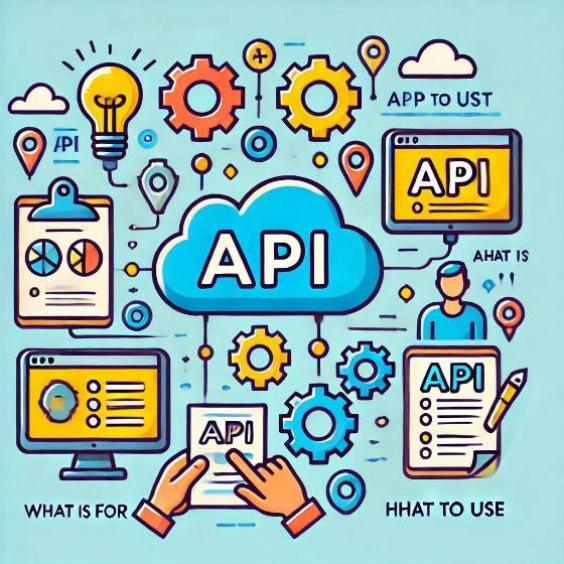How to Create Personalized Campaigns Using Advanced Analytics
In the world of marketing, personalization is key to connecting with customers and increasing the effectiveness of advertising campaigns. However, creating personalized campaigns can be a challenge, especially when it comes to analyzing large amounts of customer data. In this article, we will explore how to use advanced analytics to create personalized campaigns that really work.

What is advanced analytics?
Advanced analytics is an approach to data analysis that uses statistical and mathematical techniques to analyze large data sets and obtain valuable insights. In the context of marketing, advanced analytics is used to analyze customer data and obtain information about their behaviors, preferences, and needs.
Benefits of advanced analytics in marketing
Advanced analytics offers several benefits in marketing, including:
- Improves understanding of the customer: Advanced analytics allows marketers to better understand their customers, including their behaviors, preferences, and needs.
- Increases campaign effectiveness: By using advanced analytics, marketers can create more effective and personalized campaigns that meet the needs of their customers.
- Reduces resource waste: Advanced analytics helps marketers identify and eliminate campaigns that do not work, reducing resource waste and increasing efficiency.
How to create personalized campaigns using advanced analytics
Creating personalized campaigns using advanced analytics requires a systematic and structured approach. Below are the steps to create personalized campaigns:
Step 1: Collect and analyze customer data
The first step in creating personalized campaigns is to collect and analyze customer data. This may include demographic data, purchasing behaviors, preferences, and needs. Advanced analytics can help identify patterns and trends in the data that would not be visible otherwise.
Step 2: Create customer segments
Once customer data has been collected and analyzed, it is possible to create customer segments based on their characteristics and behaviors. Segments can be used to create personalized campaigns that meet the needs of each group of customers.
Step 3: Develop personalized content
Once customer segments have been created, it is possible to develop personalized content that meets the needs of each group. Content may include marketing messages, special offers, and product recommendations.
Step 4: Implement and measure campaigns
Once personalized campaigns have been developed, they can be implemented and their effectiveness measured. Advanced analytics can help measure campaign performance and identify areas for improvement.
Creating personalized campaigns using advanced analytics is a powerful approach to connecting with customers and increasing the effectiveness of advertising campaigns. By following the steps outlined in this article, marketers can create personalized campaigns that meet the needs of their customers and increase the efficiency of their marketing efforts.
Remember that advanced analytics is a powerful tool that can help marketers make informed decisions and create more effective campaigns. Don't hesitate to use it to improve your marketing efforts!





